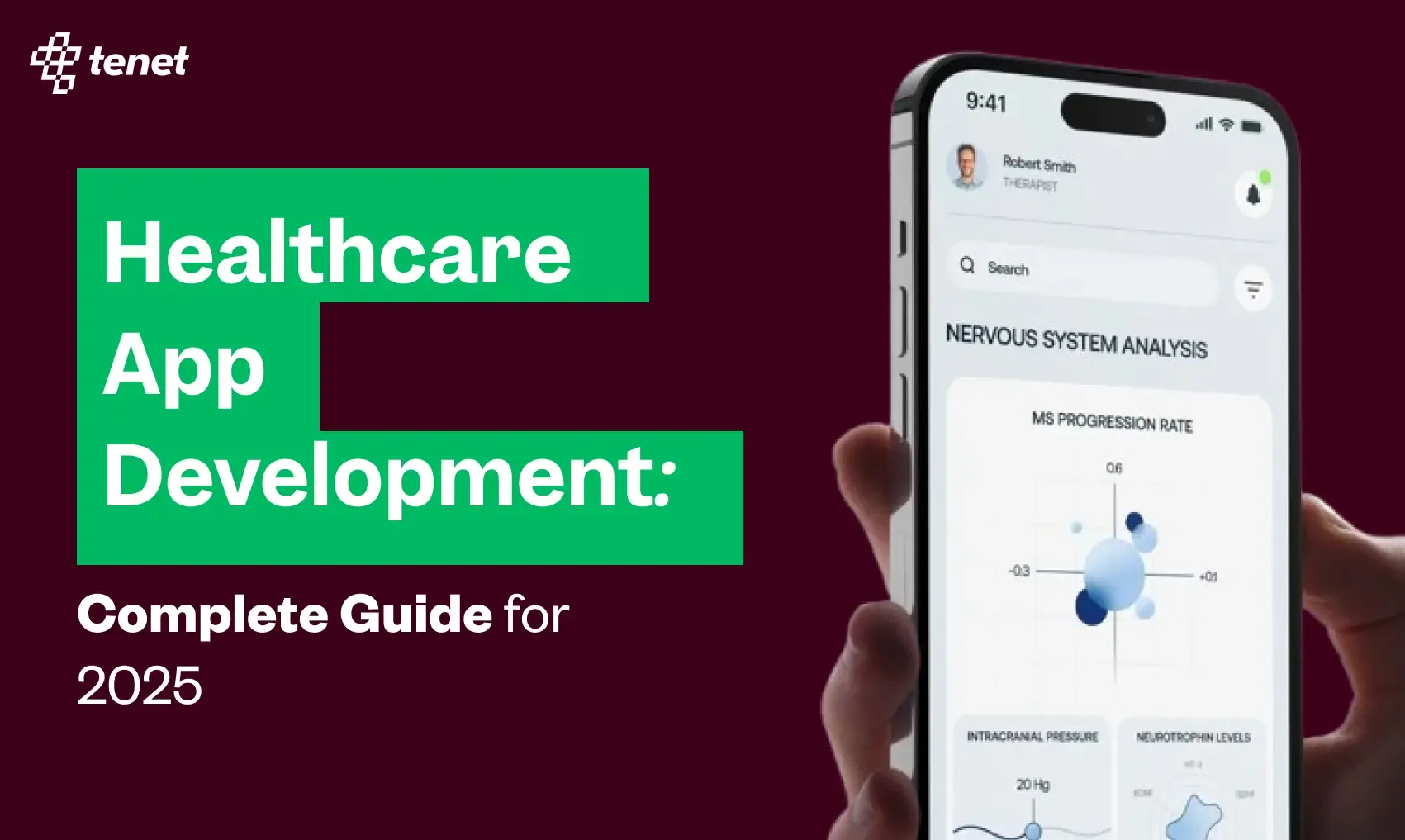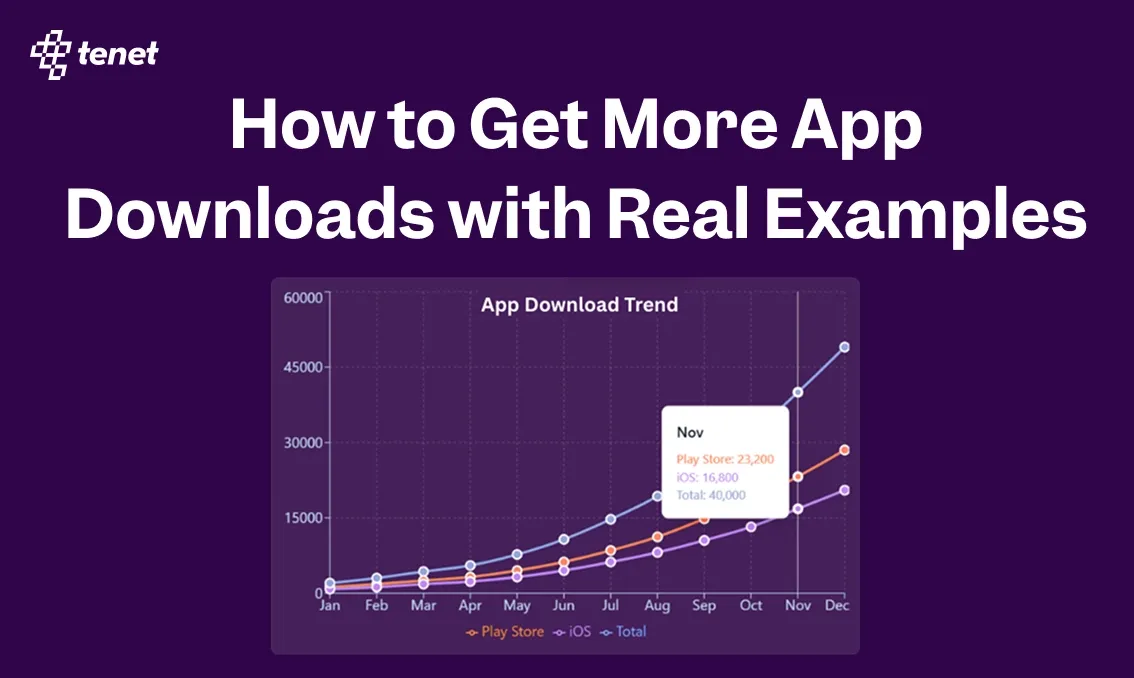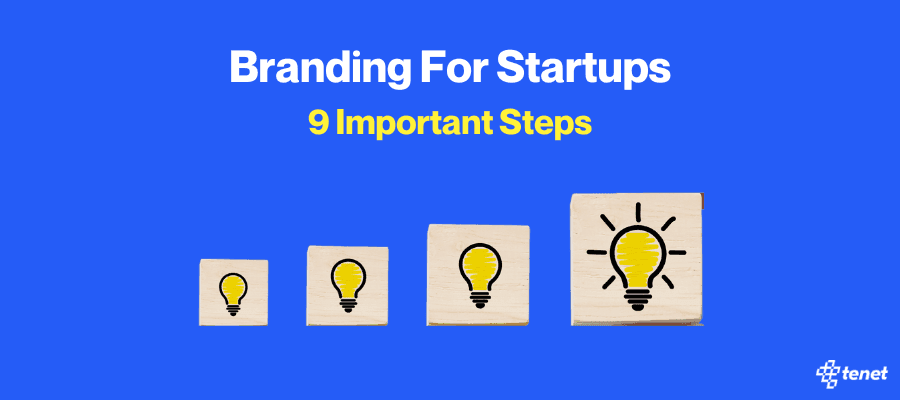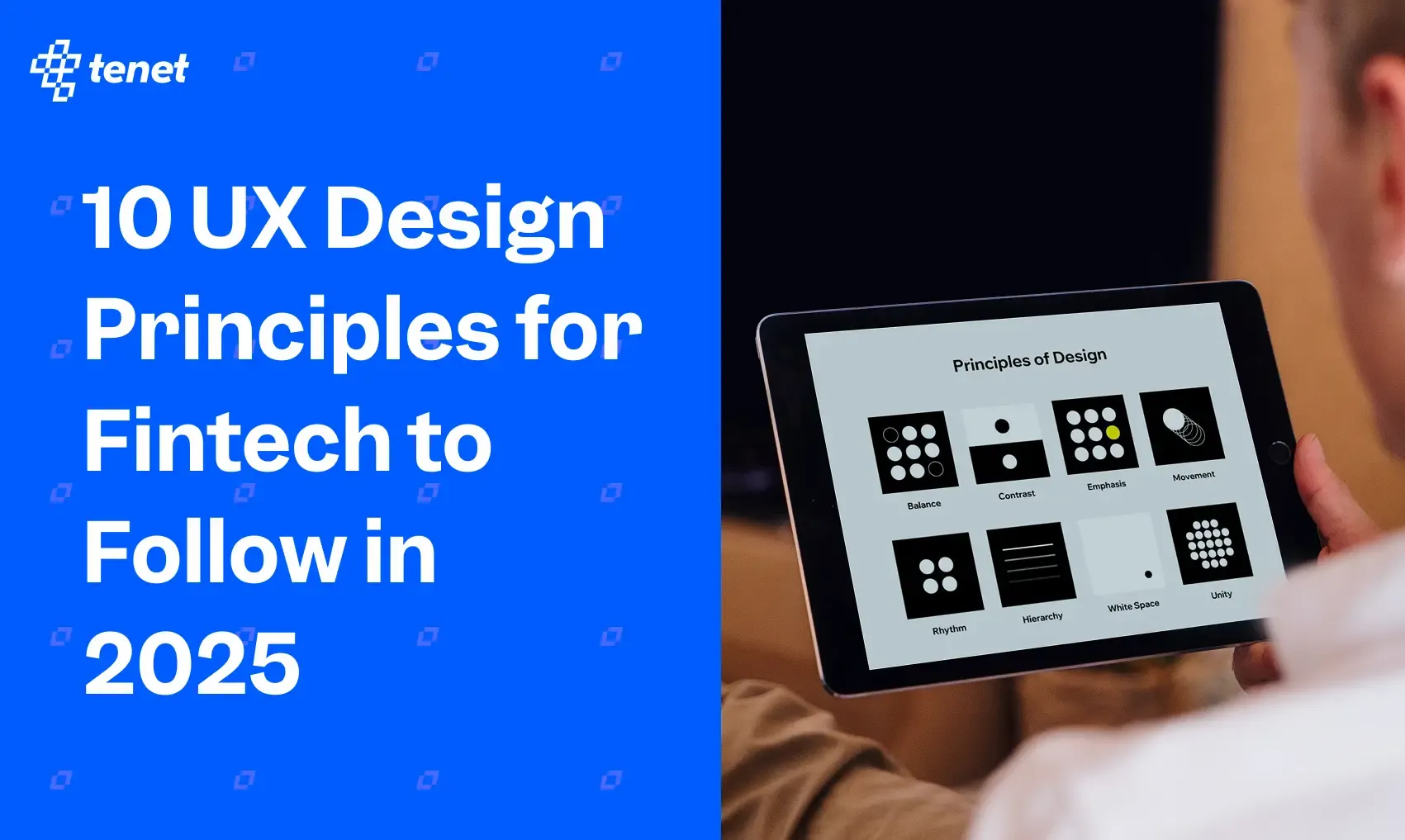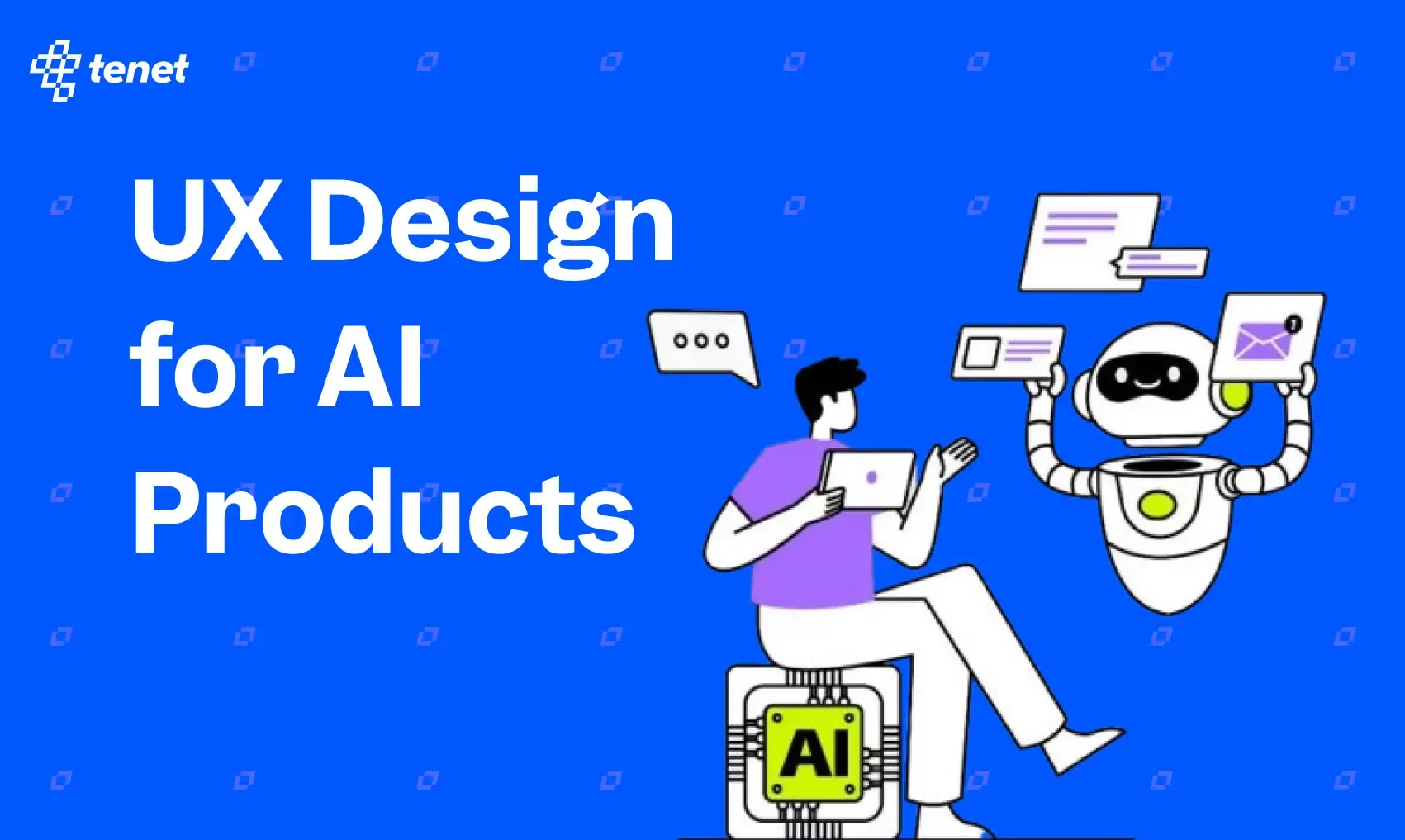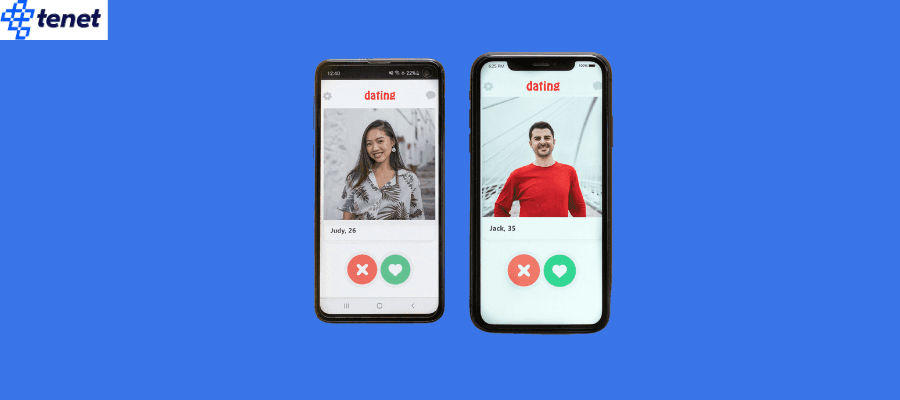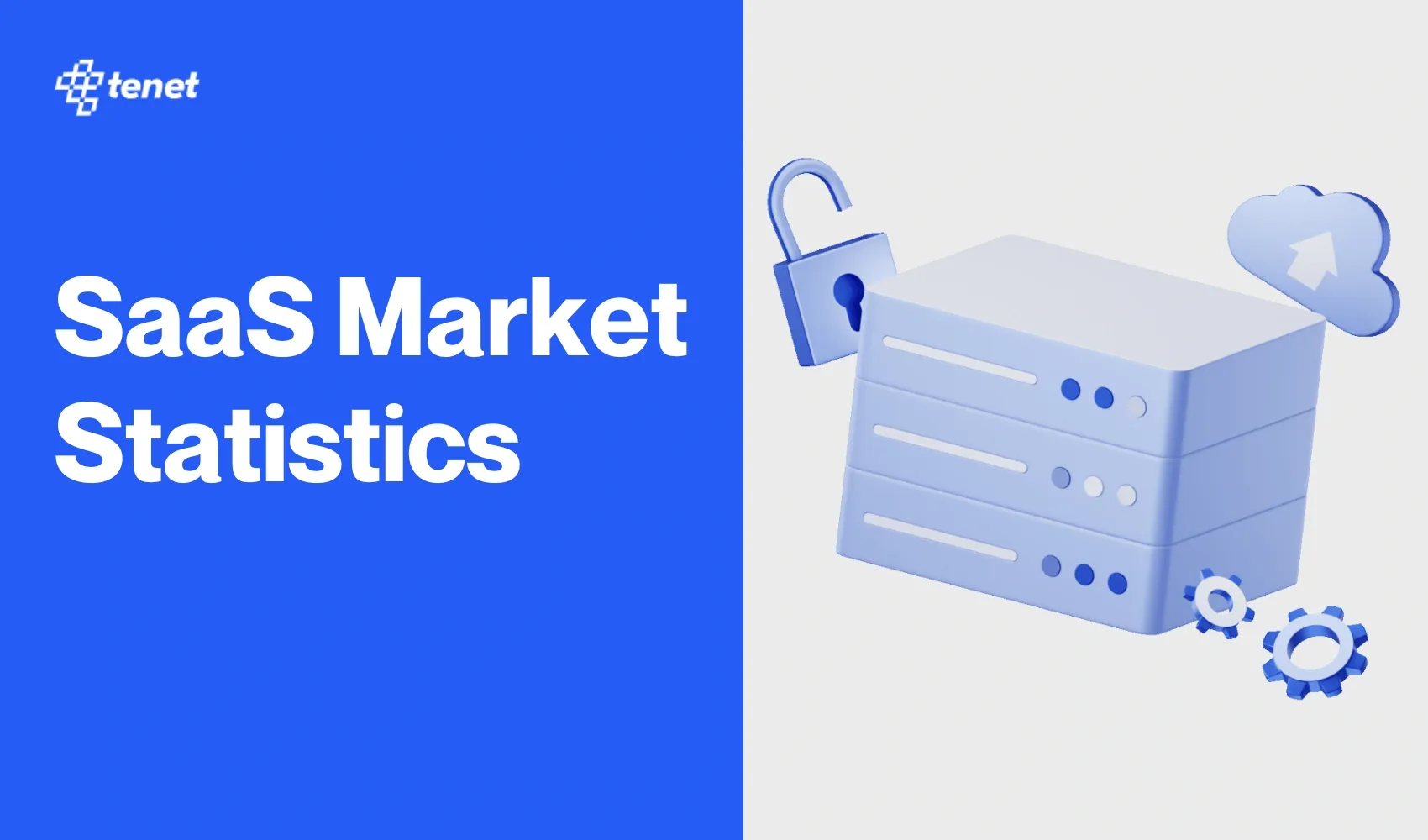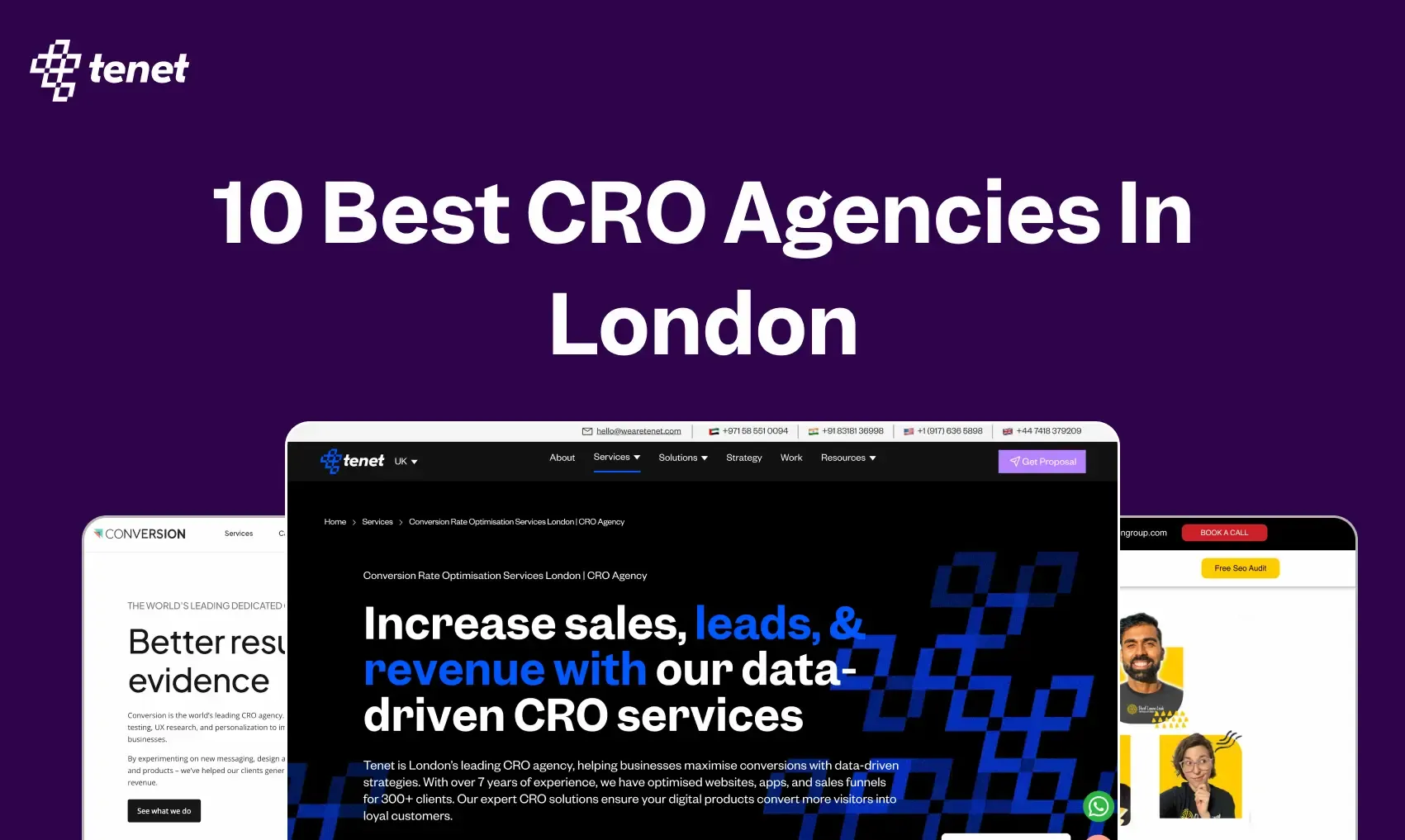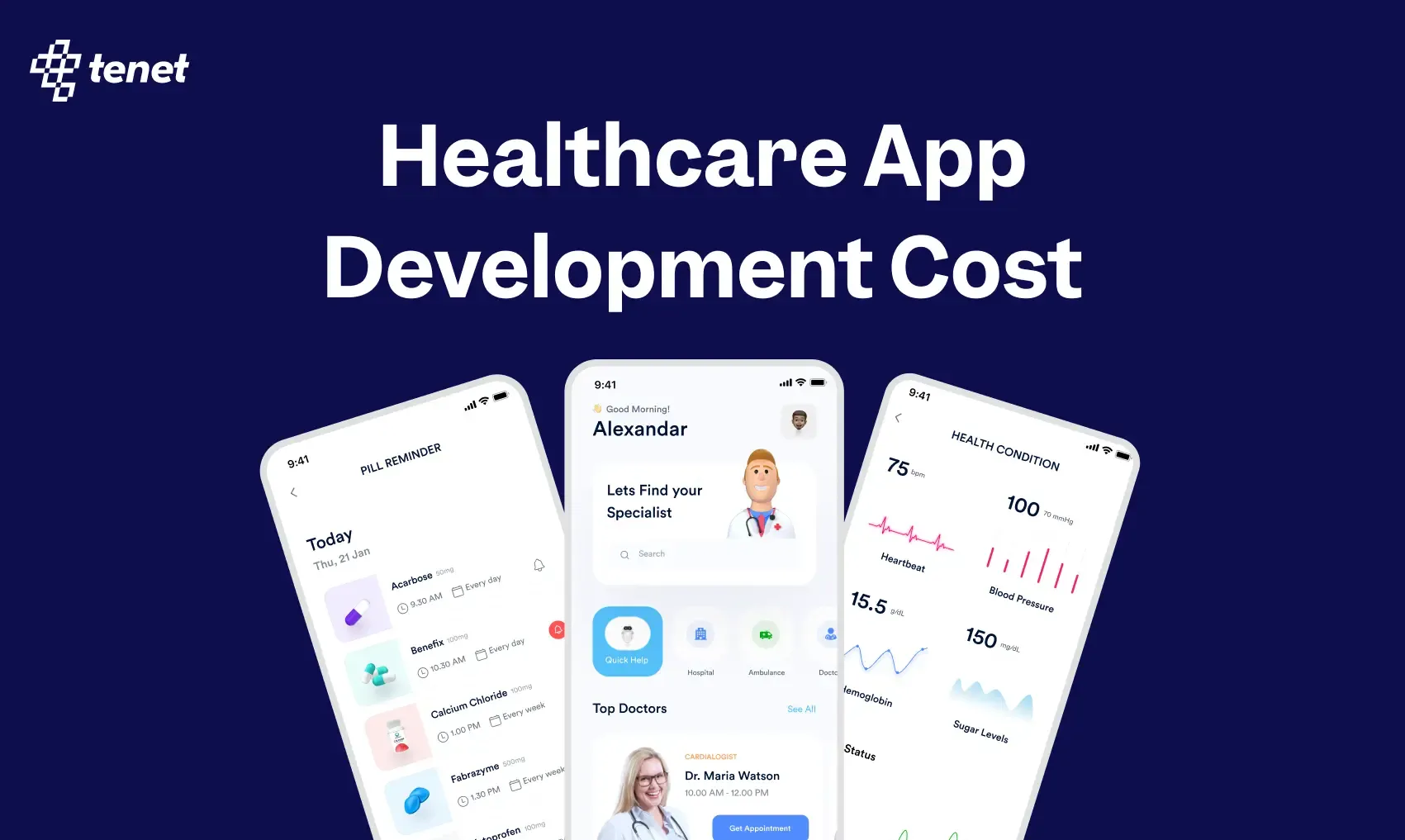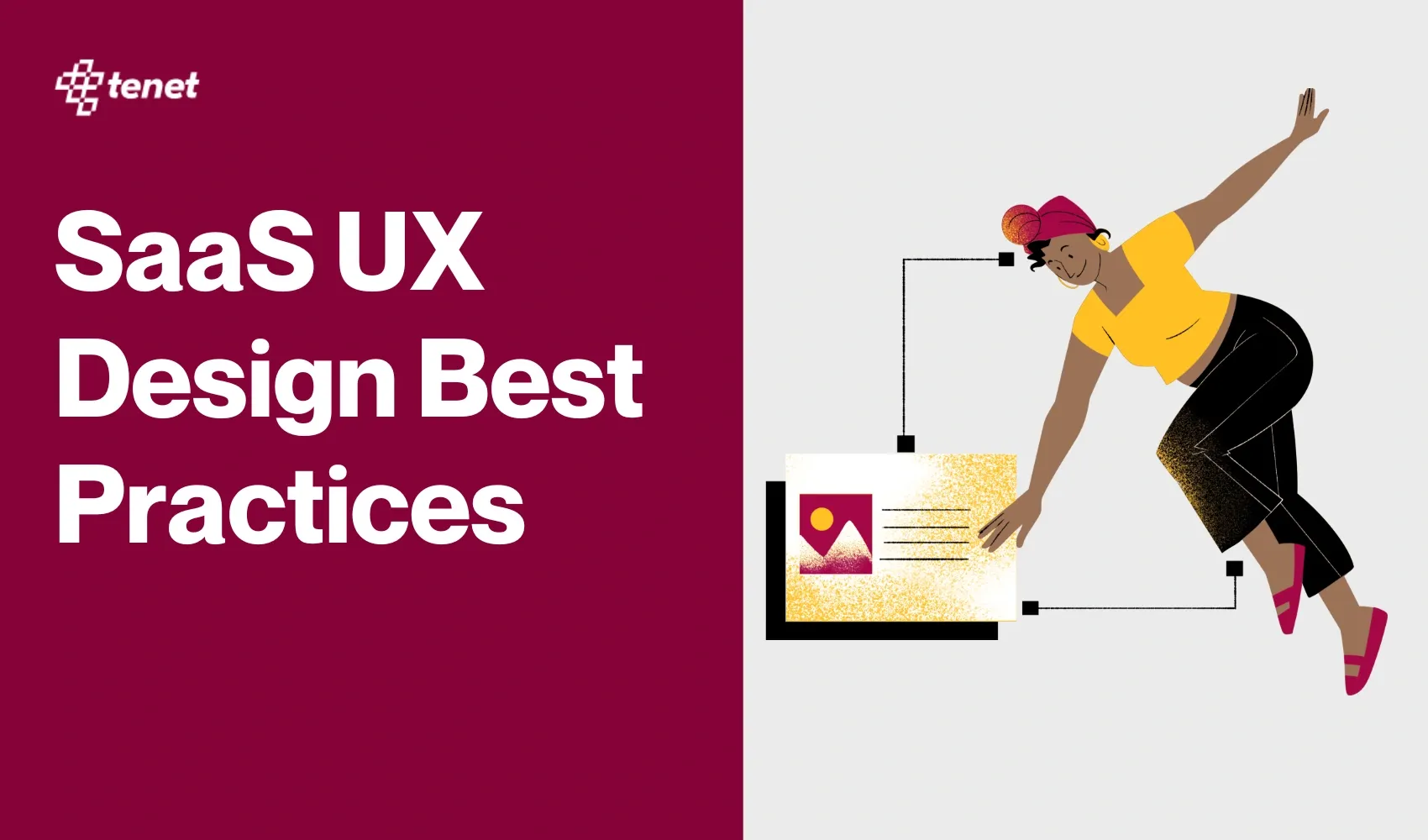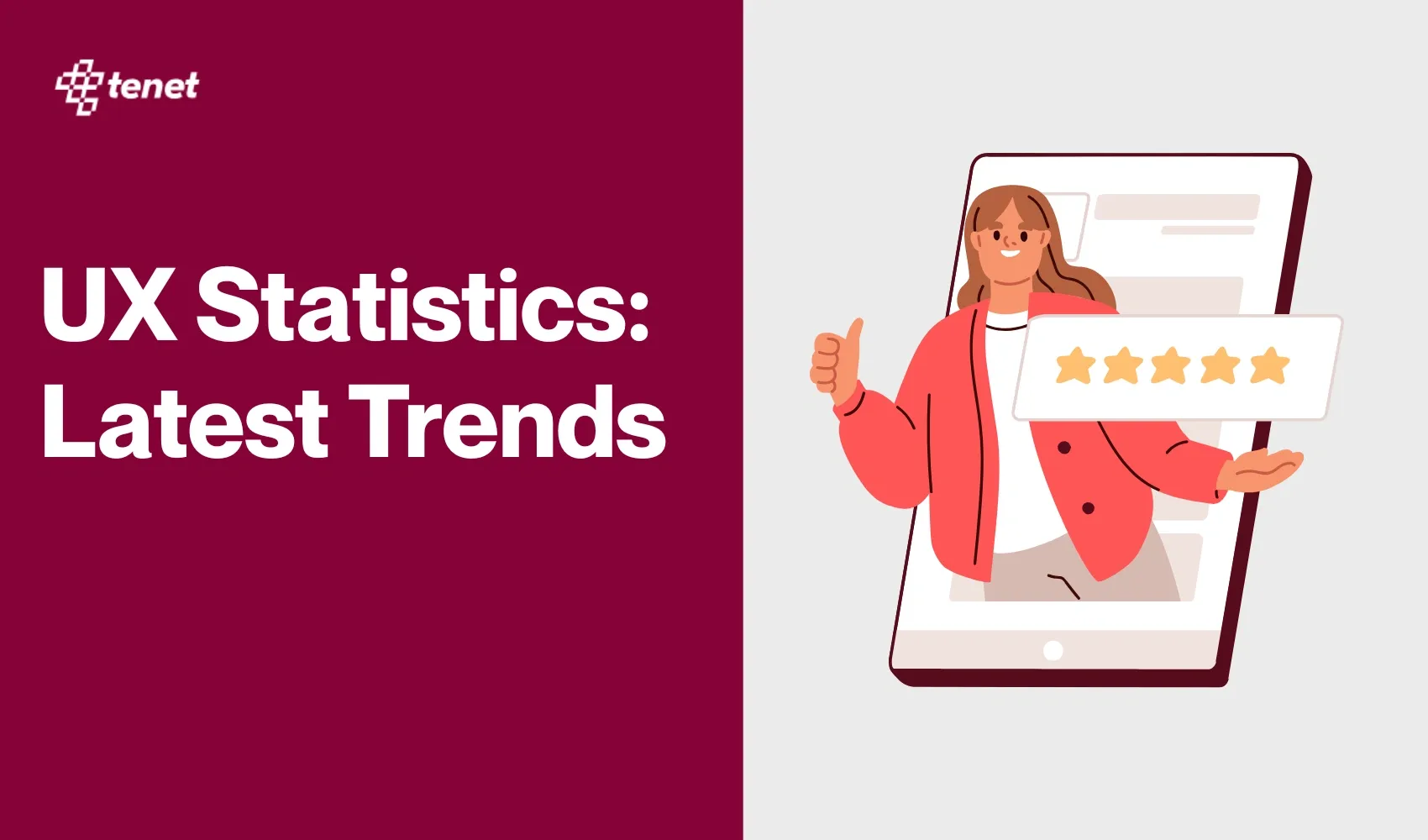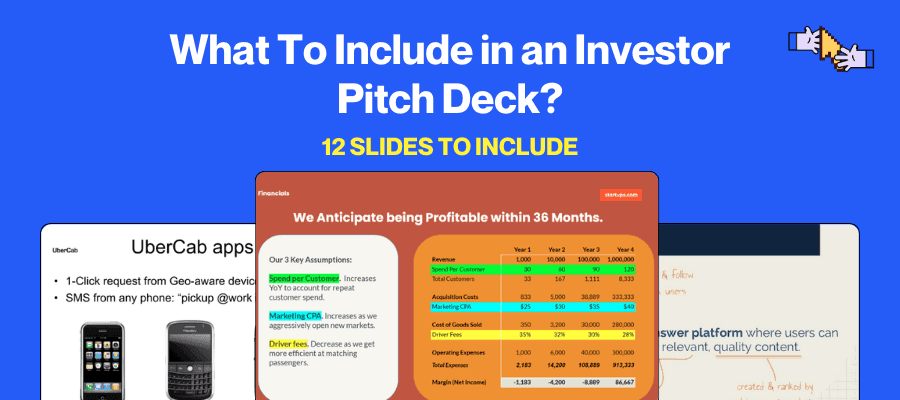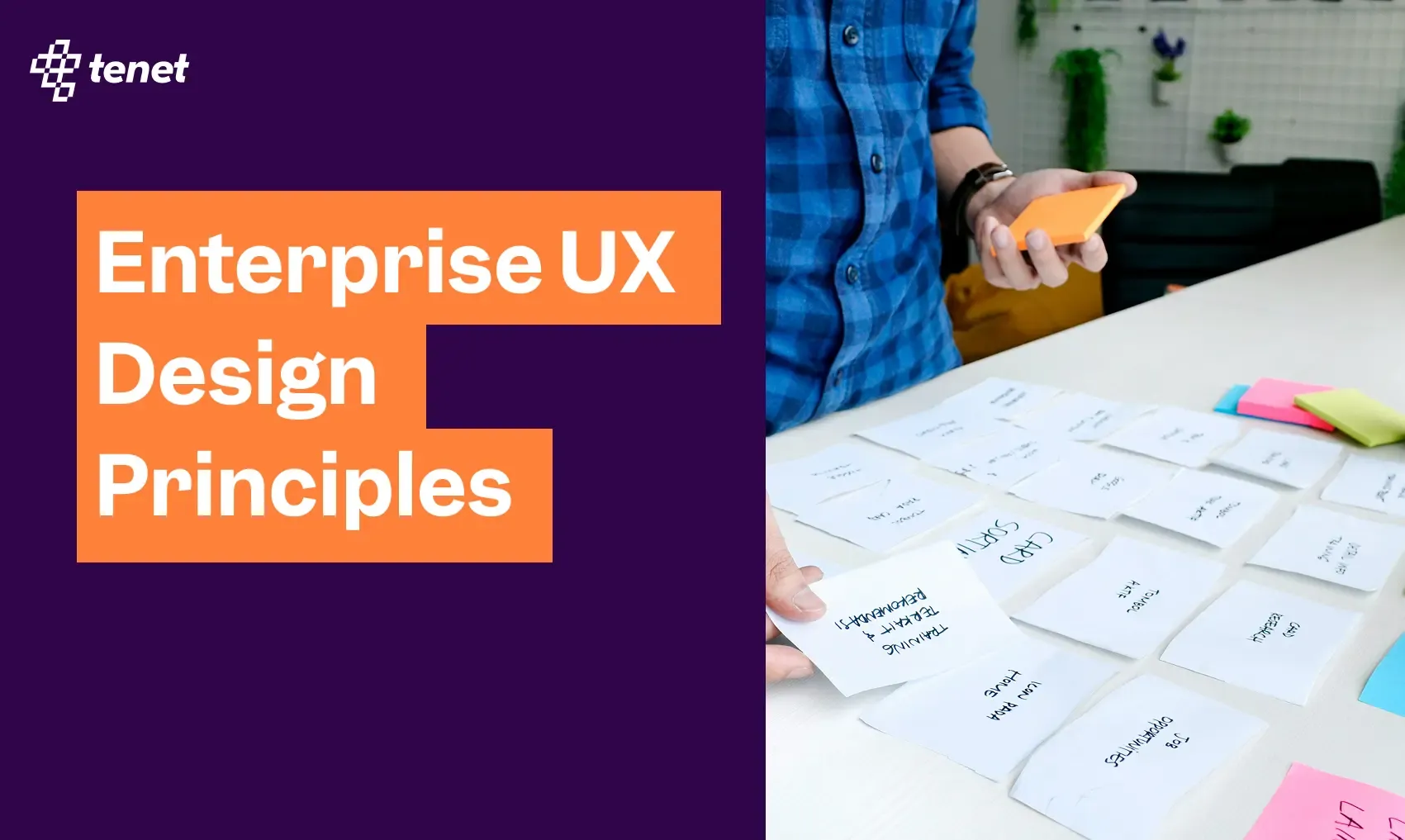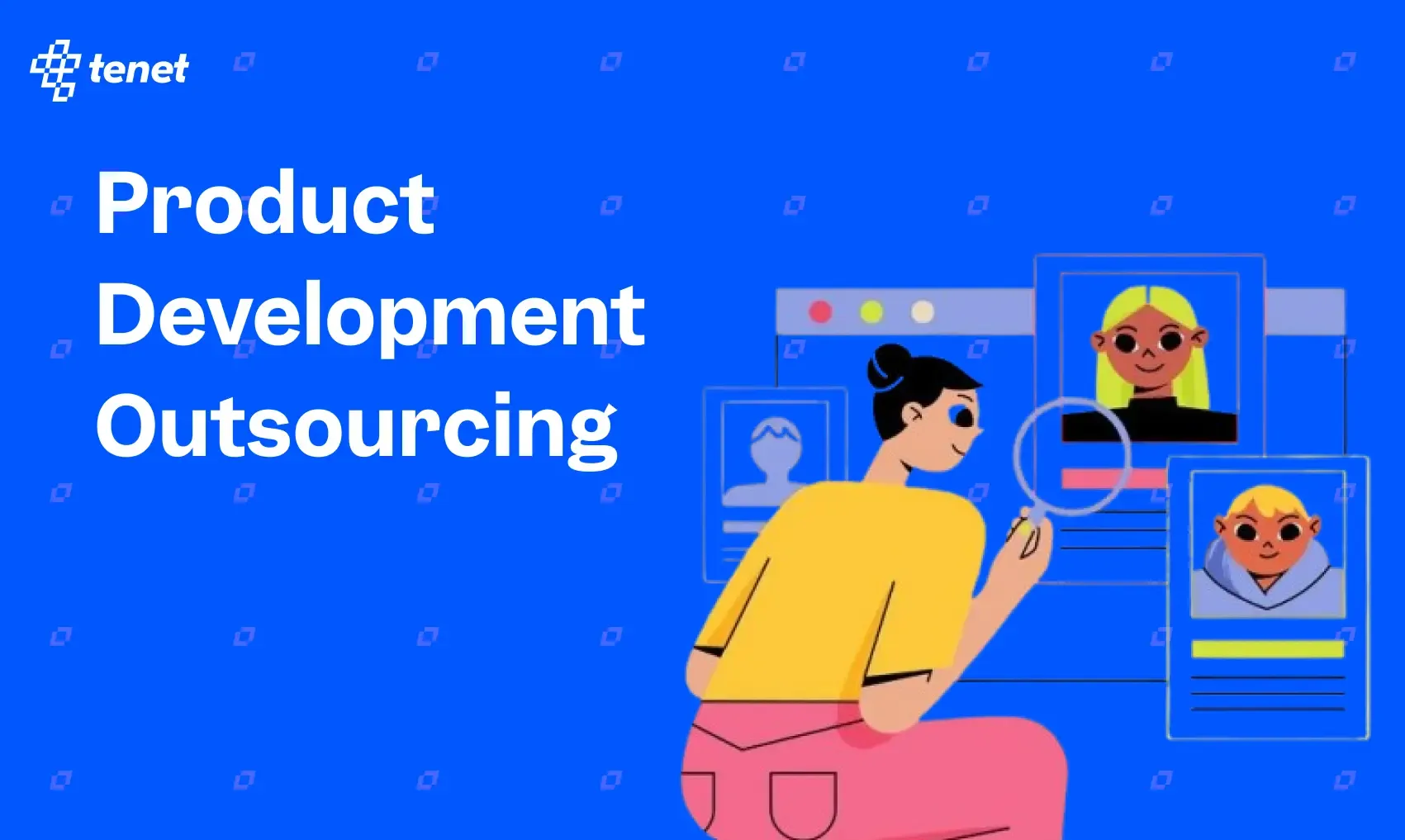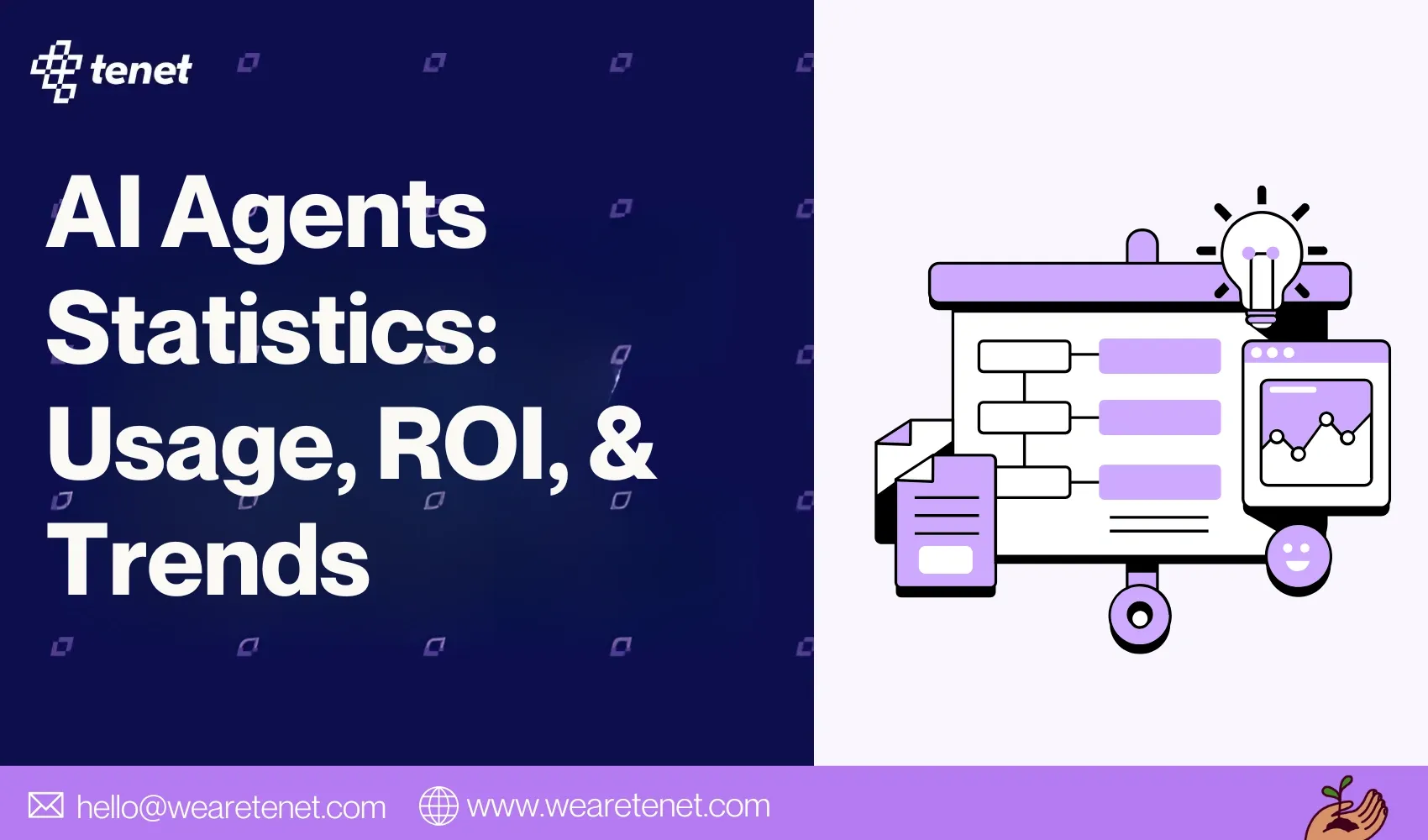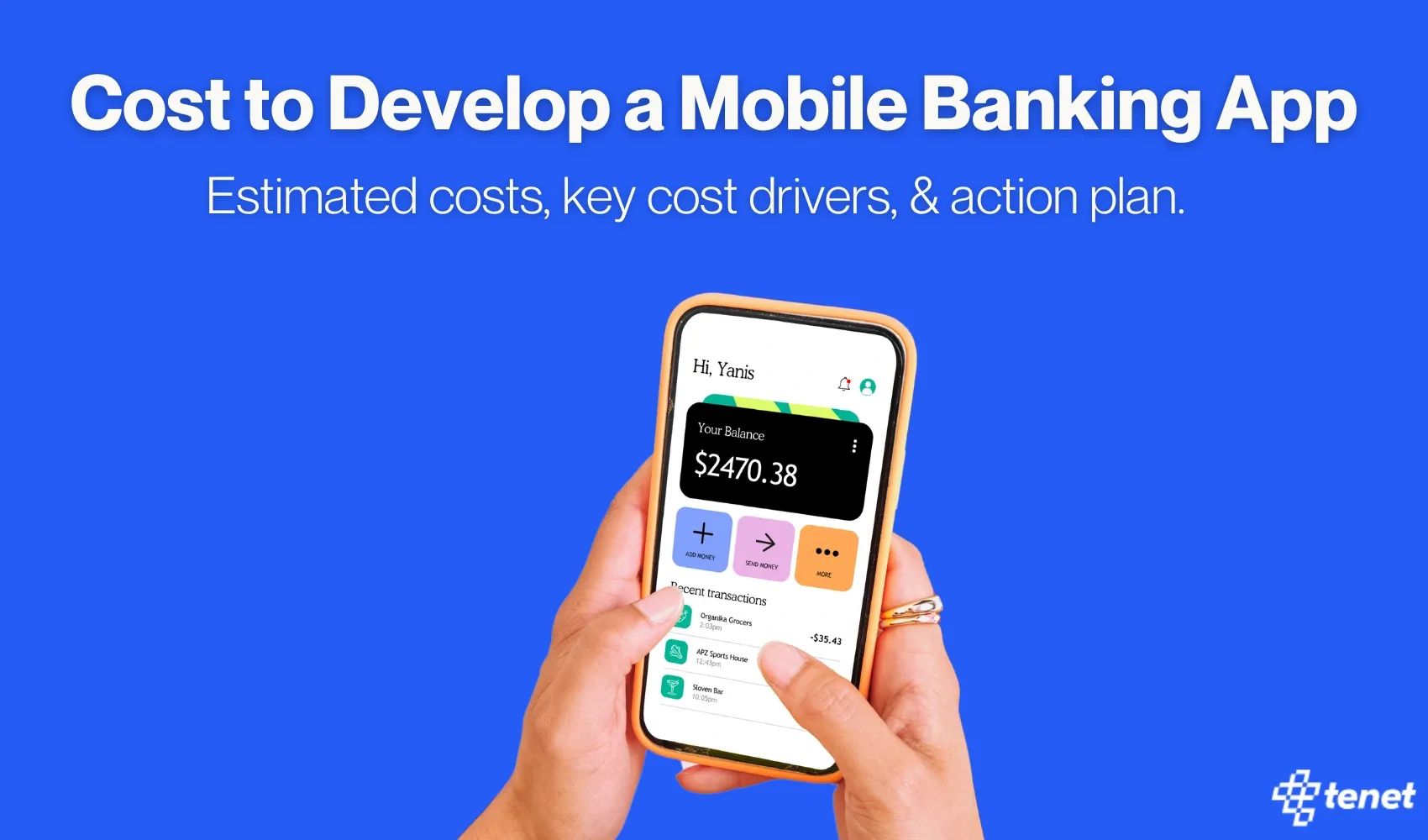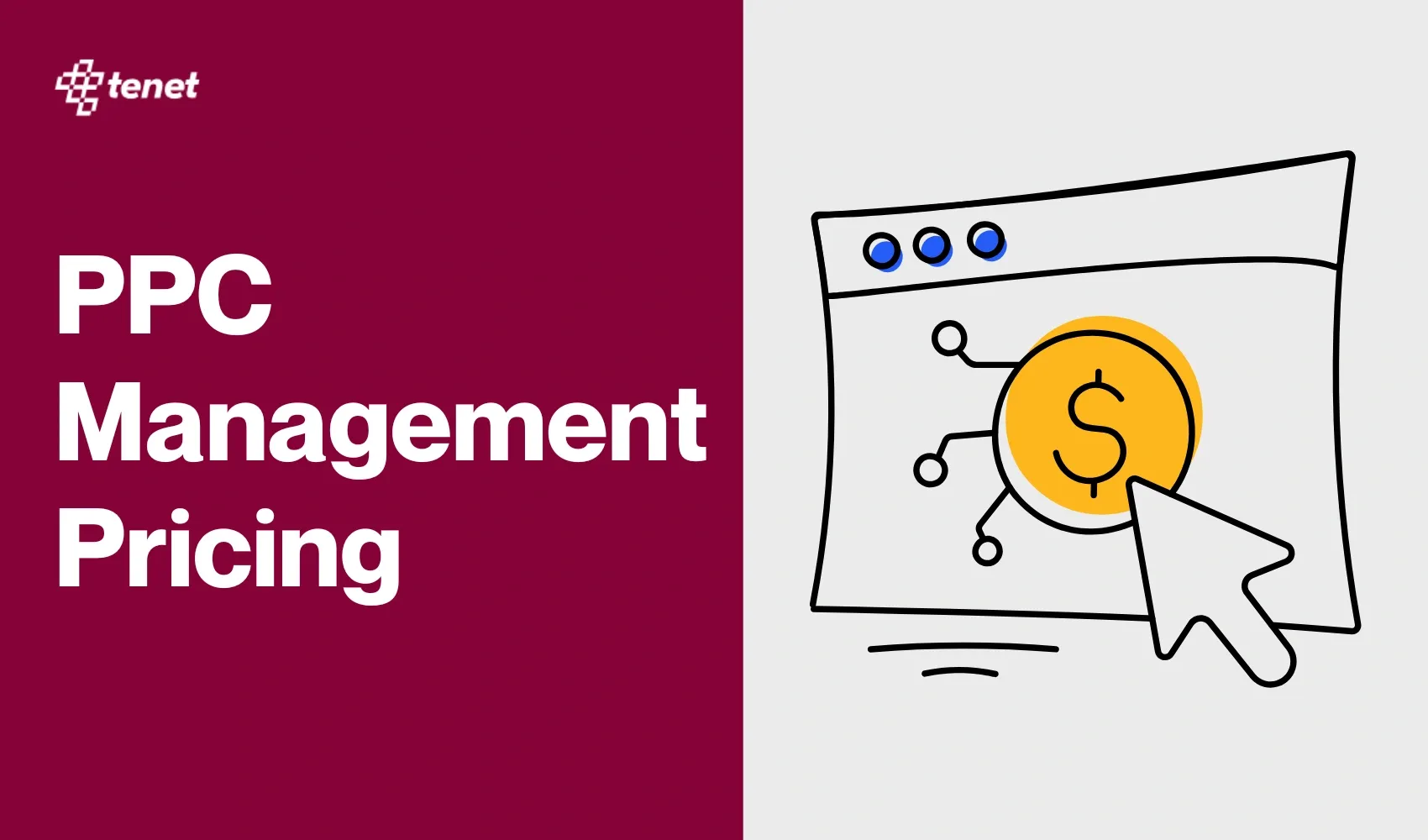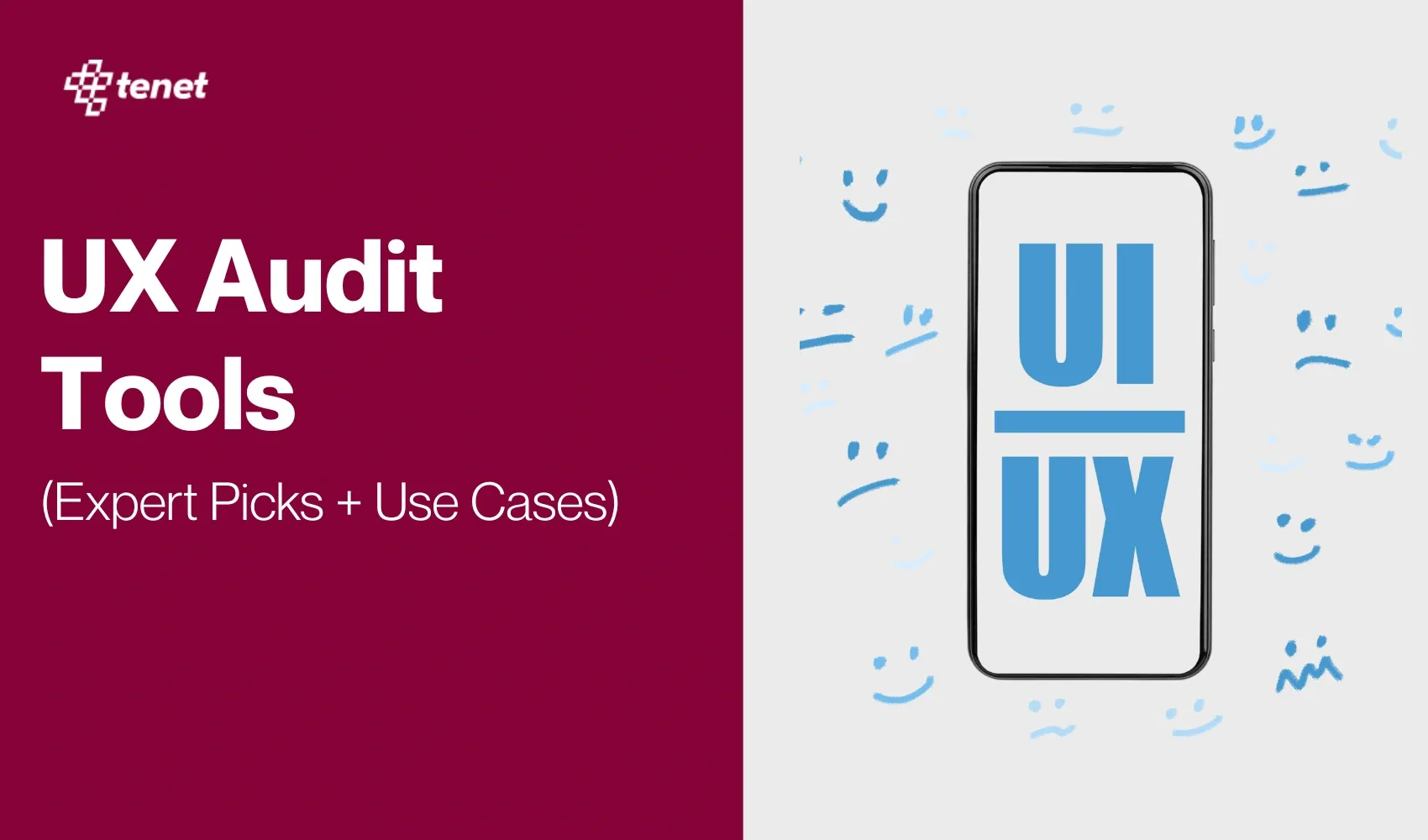SEO vs Google Ads: Which One to Choose For Your Business?
Share
Share
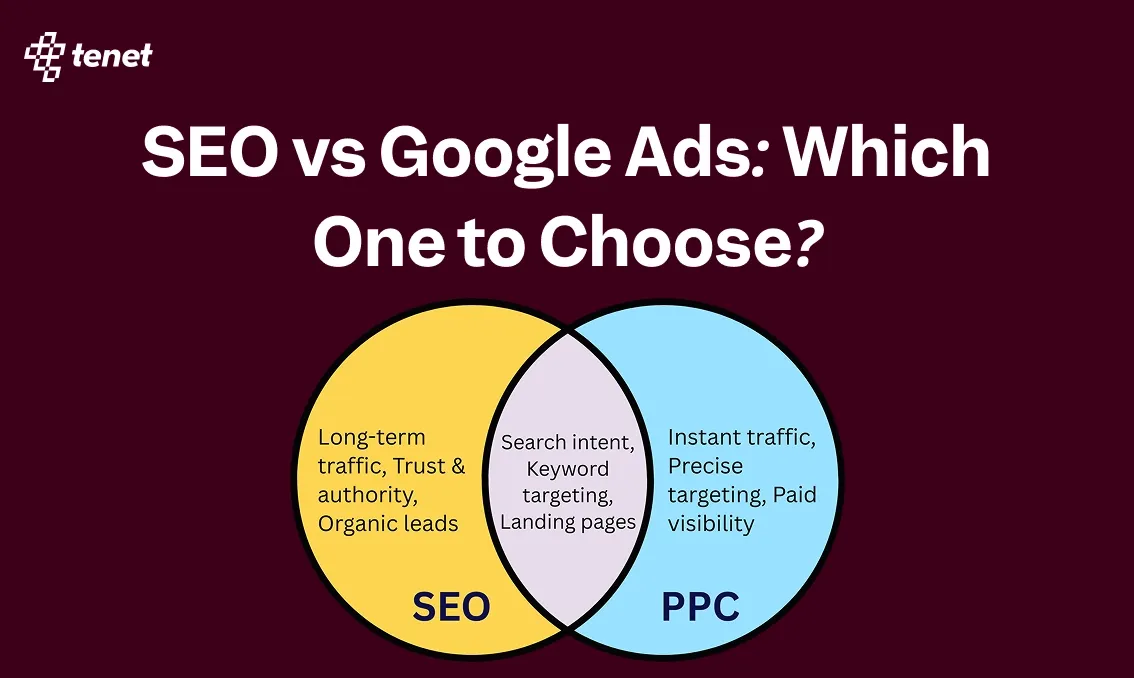
Get a quick blog summary with
Choosing between SEO and Google Ads can make or break your marketing budget. While Google Ads delivers instant traffic for a price, SEO builds long-term visibility without ongoing costs.
Most businesses struggle to decide which strategy drives better results for their specific situation.
This comprehensive guide breaks down the key differences between SEO and Google Ads, reveals when each approach works best, and shows you how combining both strategies can maximize your search visibility and revenue growth.
SEO vs Google Ads: What are the key differences?
1. SEO brings free traffic while Google Ads requires constant spending
SEO generates organic clicks without charging you for each visitor. When your website ranks naturally in Google search results, people can click on your pages without costing you anything. This makes SEO a cost-effective long-term strategy for driving traffic.
Google Ads operates on a pay-per-click model where you must pay for every single click your ad receives. Here's how the costs can add up:
- Personal injury lawyers might pay $50 to $200 per click
- Dentists could spend $10 to $30 per click for "dentist near me"
- E-commerce brands often pay $1 to $5 per click, depending on competition
While SEO requires upfront investment in content creation and optimization, the ongoing traffic remains free once you achieve rankings.
👉 Want to rank in ChatGPT and other major LLMs? Check out our recent LLM SEO guide.
2. Google Ads delivers instant results while SEO takes time
Google Ads can start generating traffic and leads within hours of launching your campaign. You can create an ad, set your budget, and begin appearing in search results almost immediately.
This speed makes Ads perfect for:
- New product launches requiring immediate visibility
- Time-sensitive promotions or sales events
- Businesses that need quick cash flow
SEO requires patience as it typically takes three to six months to see meaningful results, sometimes even longer depending on competition and keyword difficulty. The SEO process involves creating content, building authority, and waiting for search engines to recognize and rank your pages.
Here are the basic performance tracking differences:
- Google Ads: Instant data on clicks, impressions, and conversions
- SEO: Requires weeks or months to establish meaningful traffic patterns
3. SEO builds long-term visibility while Ads stop when you stop paying
SEO creates lasting value through pages that can rank for months or years with proper maintenance. Once your content achieves good rankings, it continues attracting visitors without ongoing advertising costs.
Example of SEO's compounding effect:
A property management company's blog post about "property care tips" could rank #1 and generate 1,000 monthly visitors for years, delivering continuous value from a one-time content investment.
🏆 A real SEO case study from Tenet:
We have recently worked with a property management SaaS brand based in the US that was dealing with poor traffic and low-quality content from earlier agencies. We audited their existing pages, updated decline pages, and built high-quality backlinks. Within 3 months, their organic traffic grew by 64 percent and product signups increased by 30 percent.
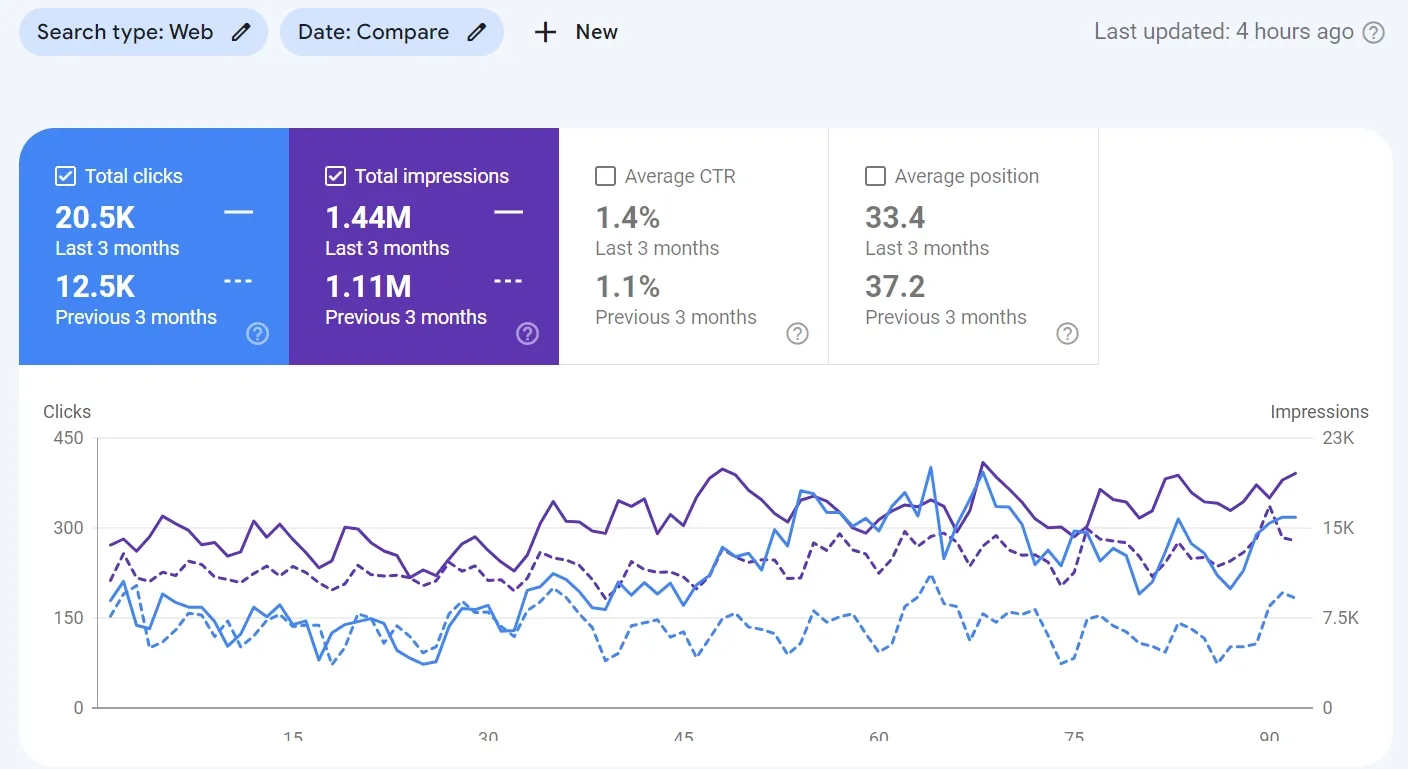
What’s more important is that these same pages continue to bring in qualified traffic and signups months later, without any major updates. This is how SEO creates compounding value. One-time content work, when done right, keeps delivering results long after it’s published.
Google Ads depend entirely on continuous spending to maintain visibility. The moment you pause your ad campaigns or exhaust your budget, your ads disappear from search results and traffic stops immediately. SEO offers sustainable growth where successful pages keep generating traffic long after the initial work is completed, while Ads require constant financial commitment to maintain results.
4. Google Ads offers better targeting control, while SEO depends on algorithms
Google Ads provides precise control over who sees your advertisements. You can target:
- Specific geographic locations (cities, states, countries)
- Demographics (age, gender, income level)
- Device types (mobile, desktop, tablet)
- Exact times and days for ad display
- Negative keywords to avoid irrelevant traffic
Example: A dentist in Chicago can show ads only to people within 10 miles of their office, searching during business hours, and exclude terms like "dental school" or "dental jobs."
However, SEO relies on search engine algorithms to determine when and where your pages appear in results. You cannot control which countries or demographics see your organic listings, as this depends on who searches for your target keywords.
While you can optimize for specific terms, you cannot guarantee your pages will show to particular audience segments like you can with paid advertising.
5. SEO builds trust while Ads feel promotional
Users often trust organic search results more than paid advertisements. Many people skip ads entirely and scroll down to find organic listings because they perceive them as more credible and unbiased.
User behavior patterns:
- Studies show that users are more likely to click on organic results
- Organic listings feel like natural recommendations from Google
- Ads are clearly marked as "Sponsored" content, creating skepticism
Here’s a real screenshot showing sponsored ads in the Google SERP pushing organic results down the page.
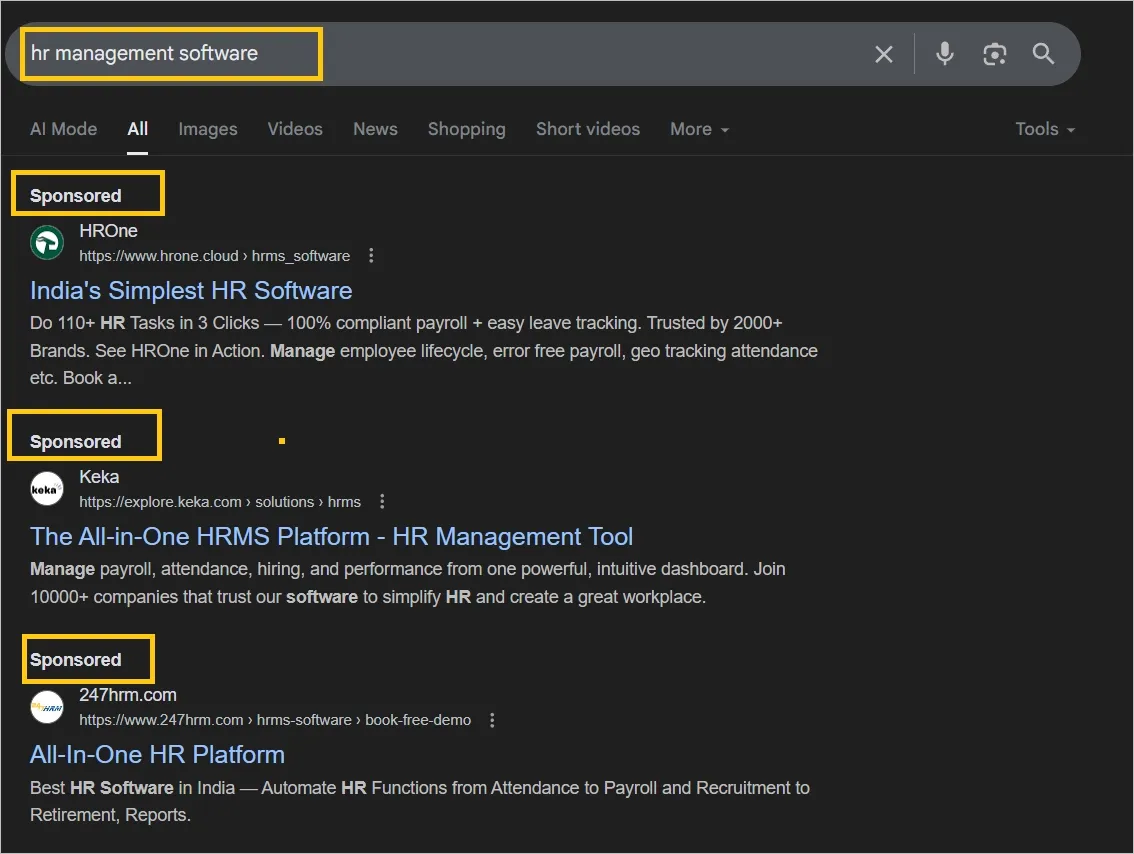
This trust factor can lead to higher click-through rates and better user engagement with your content. While ads can be effective, they face the challenge of overcoming user resistance to promotional content. The trust built through strong organic rankings can enhance your overall brand credibility and authority in your industry.
6. SEO supports content breadth while Ads focus on buyer intent
SEO excels at capturing the full customer journey from initial awareness to final purchase decision. This comprehensive approach allows you to build relationships with potential customers long before they're ready to buy.
You can create educational content, how-to guides, comparison articles, and industry insights that attract users at every stage of their research process.
The full-funnel SEO advantage:
Top of funnel (awareness stage):
- "What is digital marketing?" - Educational content for beginners
- "How to start a garden" - Problem-solving guides
- "Best practices for remote work" - Industry insights
Middle of funnel (consideration stage):
- "Digital marketing vs traditional marketing" - Comparison content
- "Garden tools comparison" - Product research content
- "Remote work software reviews" - Solution evaluation
Bottom of funnel (decision stage):
- "Digital marketing agency near me" - High-intent local searches
- "Buy garden tools online" - Transactional queries
- "Remote work software pricing" - Purchase-ready searches
Google Ads typically focus on high-intent keywords where users are ready to make a purchase or take immediate action. Running ads for informational keywords like "what is SEO" or "how to start a business" often results in low conversion rates and high costs per acquisition.
The economics simply don't work when you're paying $2 to 5 per click for users who are just learning about a topic and won't convert for months.
7. SEO performance scales with content and pages while Ads scale with budget
SEO growth comes primarily from creating more quality content and optimizing additional pages. A single well-optimized page can rank for dozens or even hundreds of related keywords without additional cost per ranking.
Example of SEO scaling: A single blog post about "cooling pillows" might rank for:
- "best cooling pillows"
- "cooling pillows for hot sleepers"
- "memory foam cooling pillows"
- "cooling pillows reviews"
- "cooling gel pillows"
🏆 Here’s an example:
We created a detailed guide for one of our SEO clients targeting the keyword ‘high demand products in India.’
Now the same blog article is ranking for 500+ search queries:
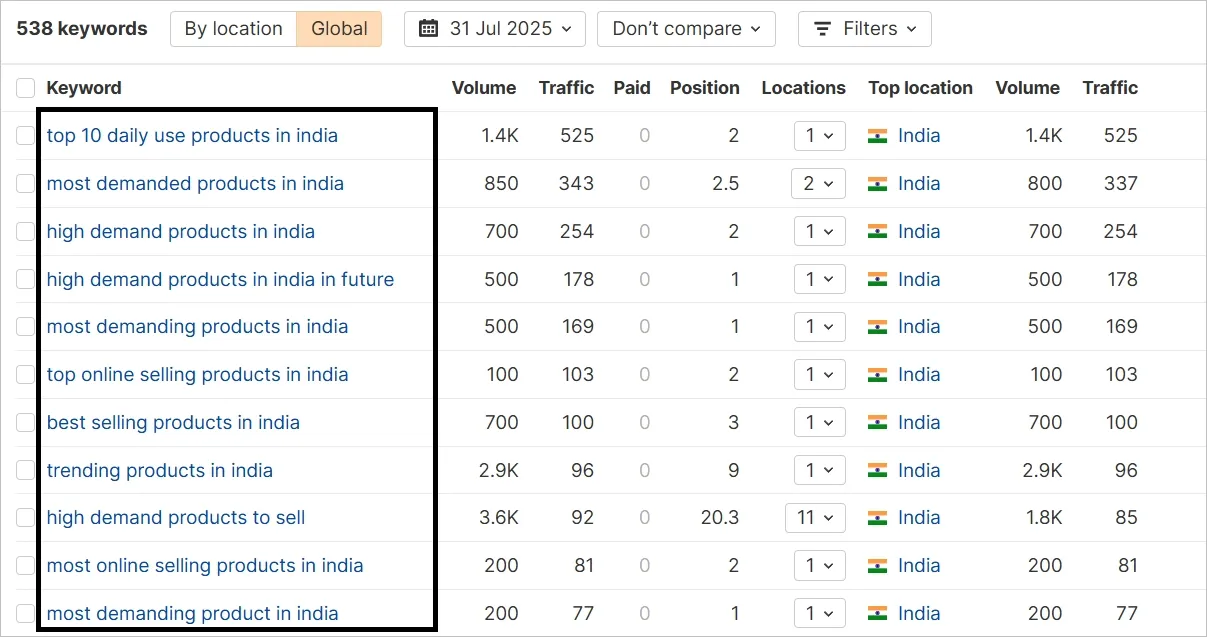
As you publish more content and build authority, your overall organic visibility expands naturally. The more valuable content you create, the more opportunities you have to attract organic traffic.
Google Ads scaling requires increasing your advertising budget. To get more traffic and leads through ads, you must spend more money.
Each additional click costs you based on your bid amounts and competition. While you can improve ad efficiency through optimization, significant growth in paid traffic typically requires proportional increases in ad spend.
Here are some instances where SEO is better than Google Ads
1. Your business has a long sales cycle
B2B services, consulting firms, and high-ticket products often involve lengthy decision-making processes where customers research extensively before purchasing. SEO works perfectly for these scenarios because it allows you to nurture prospects through educational content over weeks or months.
A marketing agency might create content about "digital marketing strategies," "ROI measurement," and "agency selection criteria" to guide users through their research journey.
However, Google Ads becomes expensive when you're paying for clicks from users who won't convert for several months, making the cost per acquisition unsustainable for businesses with extended sales cycles.
2. You want long-term, cost-effective traffic
SEO delivers compounding returns that grow stronger over time without ongoing per-click costs. Once your content ranks well, it can generate thousands of visitors monthly for years with minimal additional investment.
Here’s a scenario to understand the long-term SEO benefits:
Suppose a corporate gifting company creates a detailed page titled “Diwali Gift Ideas for Employees and Clients.”
If the content is well-optimized and ranks on Google, it could attract around 2,000 organic visitors per month. Over a period of three years, that single page might drive more than 70,000 organic visits without any ongoing spend.
However, to achieve the same volume of traffic through Google Ads, the company could end up spending anywhere between ₹40 lakh and ₹80 lakh, depending on how competitive the keywords are.
This shows how SEO, while slower to start, can offer substantial long-term value with no recurring media cost.
3. Your budget is tight
SEO requires mainly time and effort rather than large advertising budgets, making it ideal for startups and small businesses. You can create valuable content using free tools like Google Analytics and Google Search Console to track progress.
While you might invest in keyword research tools or content creation, the ongoing costs remain much lower than paid advertising. Small businesses can compete with larger companies through focused content strategies and local SEO tactics.
A local bakery can rank for "custom wedding cakes in [city]" by creating and optimizing a local landing page, without spending hundreds of dollars every month on advertising.
4. You want to build brand authority and trust
SEO positions your business as a trusted industry expert through valuable, educational content. When users consistently find helpful information on your website through organic search, they develop trust in your brand. This trust translates into higher conversion rates and customer loyalty. Professional service providers like lawyers, accountants, and consultants benefit significantly from this authority building. A law firm ranking #1 for "personal injury claims process" appears more credible than one showing paid ads for the same terms. The organic visibility suggests expertise and reliability that paid advertisements cannot replicate.
5. There is enough search demand for your business offerings in Google
SEO works best when people actively search for your products or services online. Industries with strong search demand like home services, professional services, and ecommerce see excellent SEO results.
Before investing in SEO, verify that your target keywords receive sufficient monthly searches using tools like Google Keyword Planner or SEMrush.
A plumbing company will find thousands of monthly searches for "emergency plumber," "water heater repair," and similar terms.
However, highly specialized B2B services or new product categories might have limited search volume, making SEO less effective than other marketing channels.
Our recent experience:
We recently received an SEO lead in the premium electric vehicles niche. However, when we checked the search data, we found no keywords with meaningful search volume.
So, we advised the founder not to invest heavily in SEO. In such cases, SEO is not the right fit. It helps capture existing demand, not create it.
6. If you're a local business that wants to drive qualified traffic and leads
Local SEO helps businesses attract customers in their immediate service area through location-based searches. When someone searches "dentist near me" or "best restaurant in Chicago," they have high intent to visit or contact a local business.
Local SEO strategies like Google Business Profile optimization, local citations, and location-specific content can dramatically improve visibility for these searches.
A dental practice ranking in the local pack for "dentist in [neighborhood]" will receive highly qualified leads from people actively seeking dental services nearby.
This targeted local visibility often converts better than broader advertising campaigns because the intent and proximity alignment create ideal customer conditions.
Here are some instances where Google Ads is better than SEO
1. Product-market fit has yet to be established
When you're still validating whether customers want your product or service, Google Ads provides immediate market feedback. You can quickly test different value propositions, target audiences, and messaging to gauge interest before investing months in SEO content.
A startup launching a new software tool can run ads with various headlines and descriptions to see which resonates most with potential customers.
The immediate data helps refine the product offering and marketing message. SEO requires confident understanding of customer needs and search behavior, making it less suitable during the product validation phase when you're still discovering what customers actually want.
2. You need quick results and immediate traffic
Google Ads can generate traffic, leads, and sales within hours of campaign launch, making them essential for time-sensitive situations. New businesses need immediate cash flow to survive, product launches require instant visibility, and seasonal businesses must capitalize on short selling windows.
For example, a new e-commerce store selling holiday decorations in November cannot wait six months for SEO results.
Google Ads allow immediate market entry and revenue generation while longer-term strategies develop. Emergency services, limited-time offers, and competitive business environments often demand the instant visibility that only paid advertising can provide.
3. You want to test new products or landing pages, or you want to validate your MVP
Google Ads excel at rapid testing and validation of new ideas. You can create multiple ad variations, test different landing pages, and measure conversion rates within days or weeks. This speed enables quick iteration and improvement of your offerings.
For instance, a SaaS company can test whether customers prefer a free trial versus a money-back guarantee by running split tests through Google Ads. The immediate feedback loop helps optimize products and marketing messages before scaling up.
SEO testing requires months (at least 3 to 6 months) to see meaningful results, making it impractical for rapid experimentation and MVP validation, where speed of learning is crucial.
👉 Explore SaaS Marketing Strategies That Work
4. You want better data and control
Google Ads provides precise targeting controls and detailed performance analytics that SEO cannot match. You can target specific demographics, geographic locations, device types, and even exact times of day. The platform offers real-time data on impressions, clicks, conversions, and cost per acquisition.
This granular control and immediate feedback enable rapid optimization and budget allocation. You can pause underperforming campaigns instantly and redirect spending to successful ones.
SEO offers limited control over who sees your content and when, with performance data taking weeks or months to establish meaningful patterns.
For businesses requiring precise targeting and immediate performance insights, Google Ads provide superior data and control capabilities.
When should SEO and Google Ads work together?
Most businesses treat SEO and Google Ads as separate strategies, but this approach misses tremendous opportunities.
Here’s when and how you should combine SEO and Google Ads for your business:
Businesses Operating in Highly Competitive SERPs
Companies in competitive industries face high competition for search visibility. For example, personal injury lawyers pay $50 to $200 per click for Google Ads, while competing for the same organic rankings. In these markets, you cannot rely on a single channel to succeed. Your competitors likely dominate both paid and organic results, making it essential to fight on multiple fronts.
When you combine SEO and Google Ads in competitive spaces, you increase your chances of capturing clicks regardless of where users look on the search results page. SEO builds long-term authority while Google Ads provides immediate visibility.
This dual approach helps you maintain presence even when algorithm changes temporarily affect your organic rankings.
Companies Balancing Short-Term Acquisition with Long-Term Growth
Businesses need both immediate results and sustainable growth. Google Ads delivers instant visibility and quick conversions, while SEO builds lasting organic traffic that compounds over time. Smart companies use Google Ads to generate revenue and cash flow while investing SEO efforts in long-term asset building.
This strategy works particularly well for e-commerce stores and local service businesses. You can run Google Ads campaigns to fill your booking schedule or drive product sales immediately, while simultaneously creating content and optimizing pages for organic rankings.
Over time, as your organic traffic increases, you can gradually reduce ad spend while maintaining overall traffic levels and improving profit margins.
Brands Using PPC Data to Improve SEO Strategy
Google Ads provides invaluable data that can supercharge your SEO efforts. The search terms report reveals exactly which keywords convert visitors into customers, giving you conversion-focused targets for organic optimization. This data is more reliable than traditional keyword research tools because it shows real user behavior and actual conversion patterns.
Conversion tracking in Google Ads tells you which keywords generate the highest value customers and the lowest cost per acquisition. You can use this information to prioritize your SEO content creation and optimization efforts.
The platform also uncovers long-tail keyword opportunities that might not appear in standard keyword research tools, especially since 15% of daily Google searches are completely new queries.
Related resource: How Much Does PPC Management Cost?
Teams Running SEO-Focused Content with Paid Amplification
Content marketing requires visibility to succeed, and organic reach alone often limits your content's impact. When you create high-quality SEO content, you can amplify its reach and effectiveness through strategic paid promotion. This approach accelerates the natural link-building process and helps your content gain the initial traction needed for organic success.
Statistics pages and comprehensive guides perform exceptionally well with this combined approach. You can promote valuable content through Google Ads to attract bloggers and journalists who are actively seeking resources to link to in their articles.
Businesses with Separate Budgets for Brand Building and Performance Marketing
Many companies have distinct budgets for brand awareness and direct response marketing. This budget structure creates perfect opportunities to align SEO with brand-building efforts and Google Ads with performance marketing goals.
SEO content naturally builds brand authority and credibility through educational resources and thought leadership, while Google Ads drives immediate conversions and measurable ROI.
This approach allows you to optimize each channel for its strengths while maintaining clear performance metrics for different business objectives. Your SEO efforts can focus on creating comprehensive resources that establish industry expertise and build trust with potential customers over time. Meanwhile, your Google Ads campaigns can target high-intent keywords and drive immediate sales or lead generation.
You Want to Dominate SERP Real Estate with Organic and Paid Ads, Both
Maximum search visibility requires presence in both organic and paid results. When your business appears in multiple positions on the search results page, you dramatically increase your chances of capturing clicks and create a perception of market dominance.
👉 Further resources to help you find the right SEO and PPC company:
- Google Ad Agencies in the UK
- Best Google Ad Agencies in Dubai
- PPC Companies & Services in the UK
- PPC Management Agencies in Dubai to Hire
Our SEO and PPC approaches at Tenet for driving measurable results for our clients
Most agencies chase vanity metrics like impressions and clicks. At Tenet, we focus on what actually matters: qualified leads, revenue growth, and sustainable customer acquisition.
Explore our services 👇
- Need help with SEO? Hire our SEO experts and get measurable business results.
- Get a free proposal for our PPC management services
Our revenue-first PPC strategy
We build intent-aligned campaigns that target prospects at every funnel stage. Instead of broad targeting and generic creatives, we use precision audience segmentation and data-driven creative systems. Our approach connects ad spend directly to business outcomes through revenue-based KPIs like cost per acquisition and ROAS.
Our conversion-focused SEO approach
We don't just drive traffic—we drive traffic that converts. Our SEO strategy prioritizes high-intent keywords, creates user-first content that ranks and converts, and builds technical foundations that support long-term growth. We optimize for AI-driven search features to ensure future-proof visibility.
Ready to drive real results?
If you're tired of marketing that looks good on paper but doesn't move the needle, let's talk.
Our integrated SEO and PPC strategies are designed to generate qualified leads and measurable revenue growth for your business.
Expertise Delivered Straight to Your Inbox
Expertise Delivered Straight to Your Inbox

Got an idea on your mind?
We’d love to hear about your brand, your visions, current challenges, even if you’re not sure what your next step is.
Let’s talk




